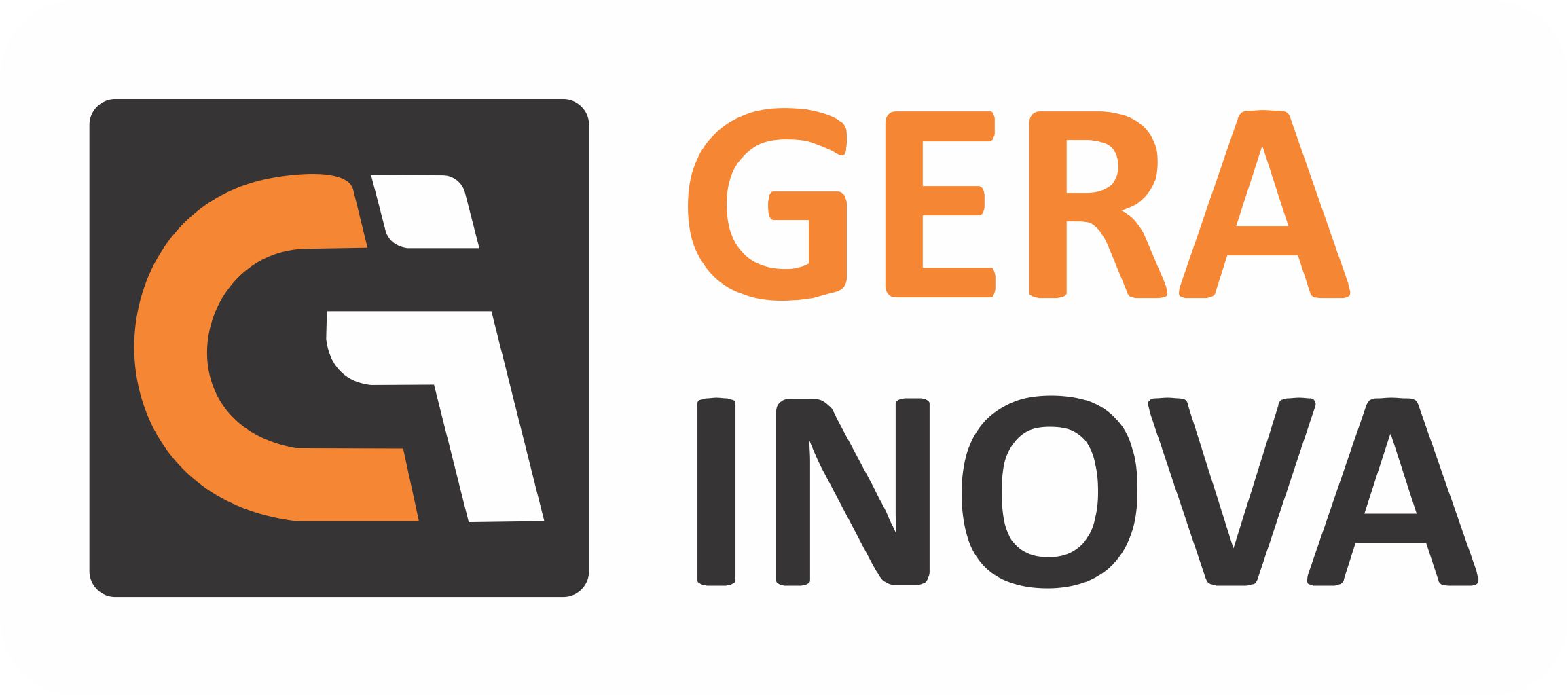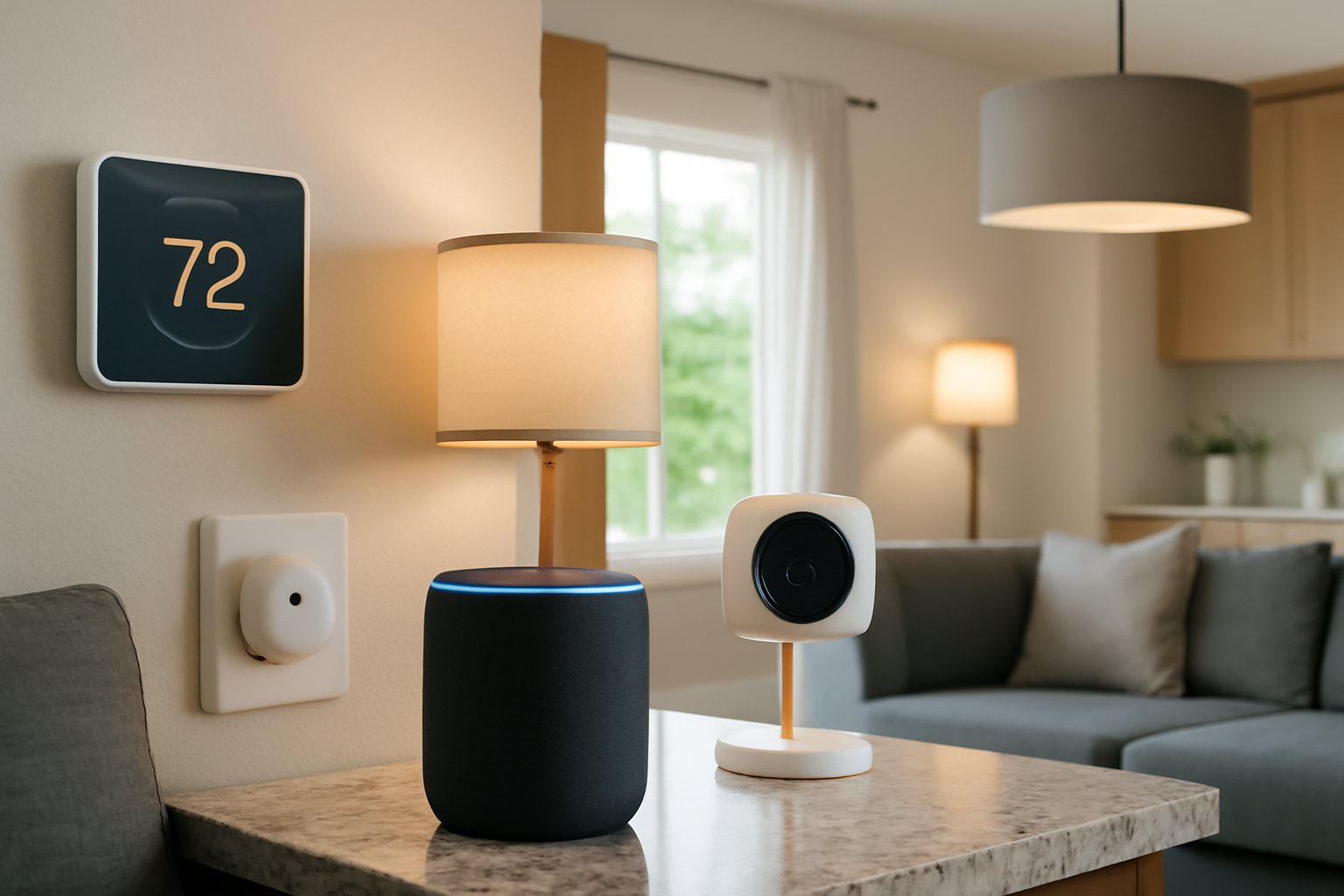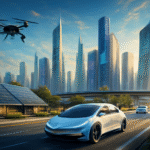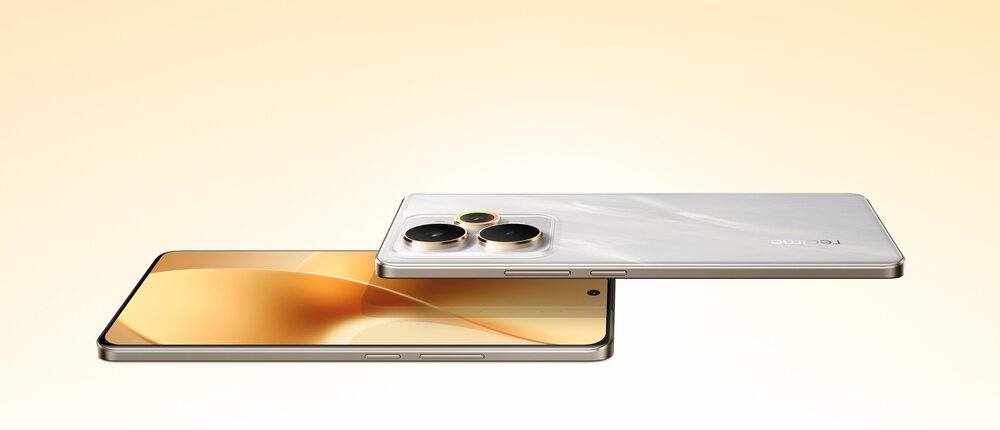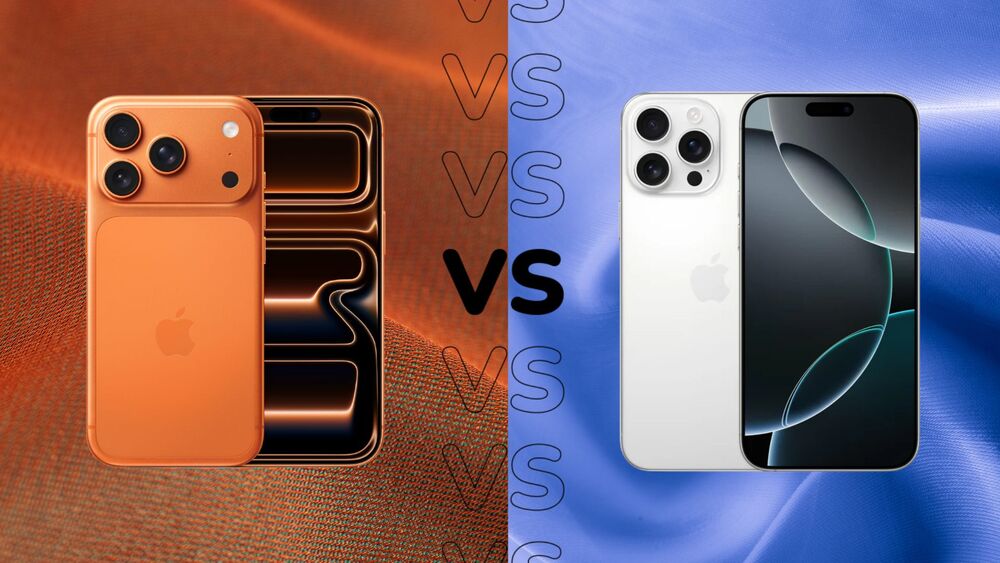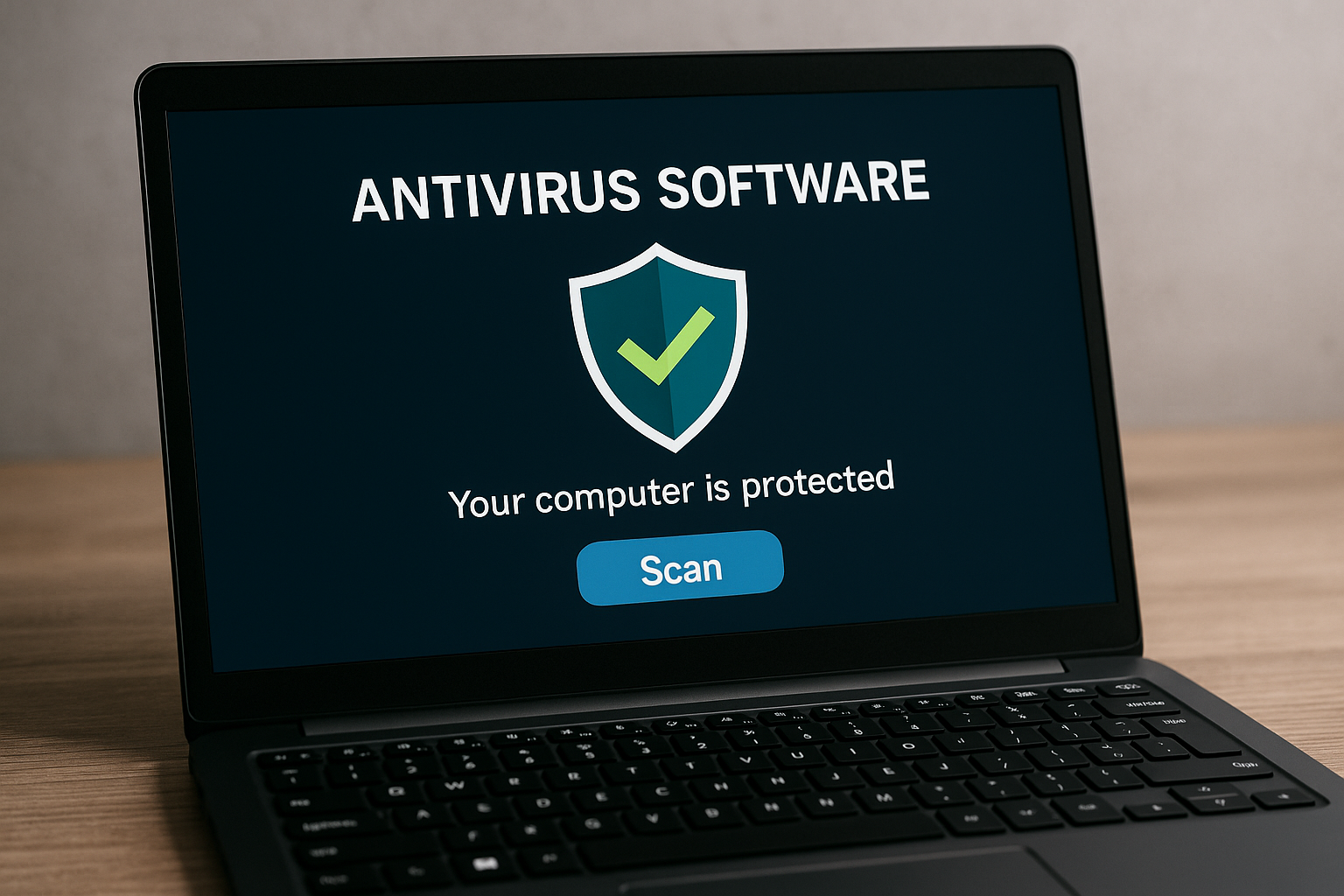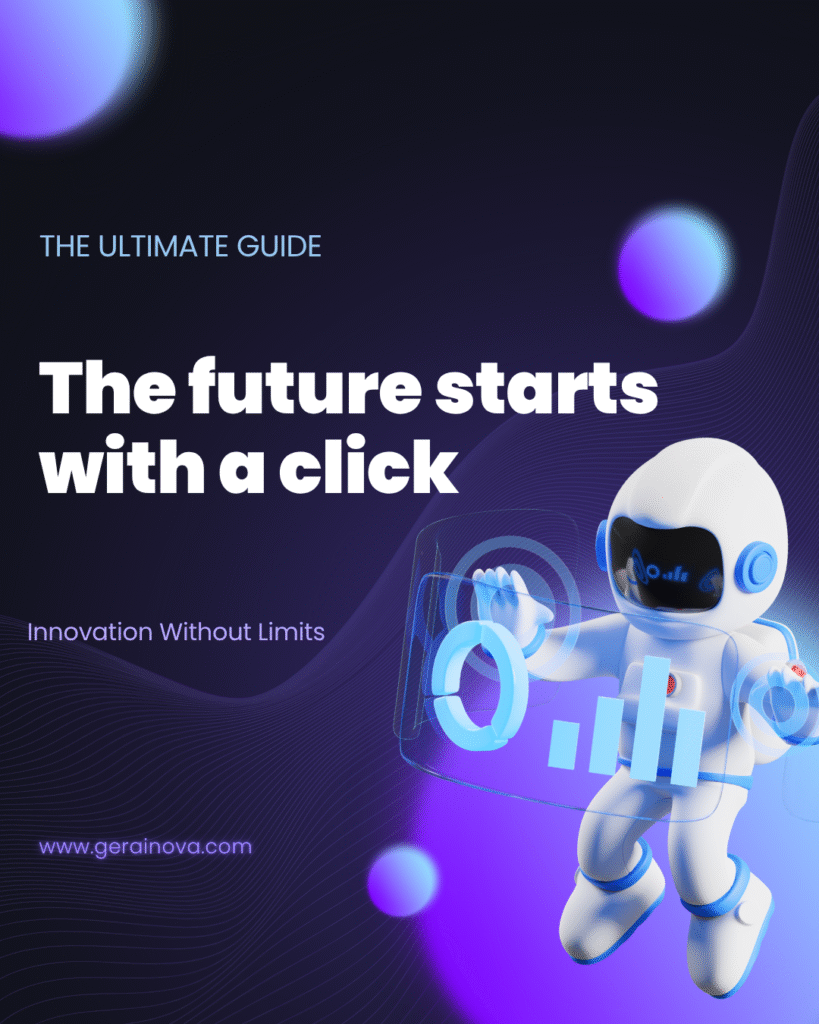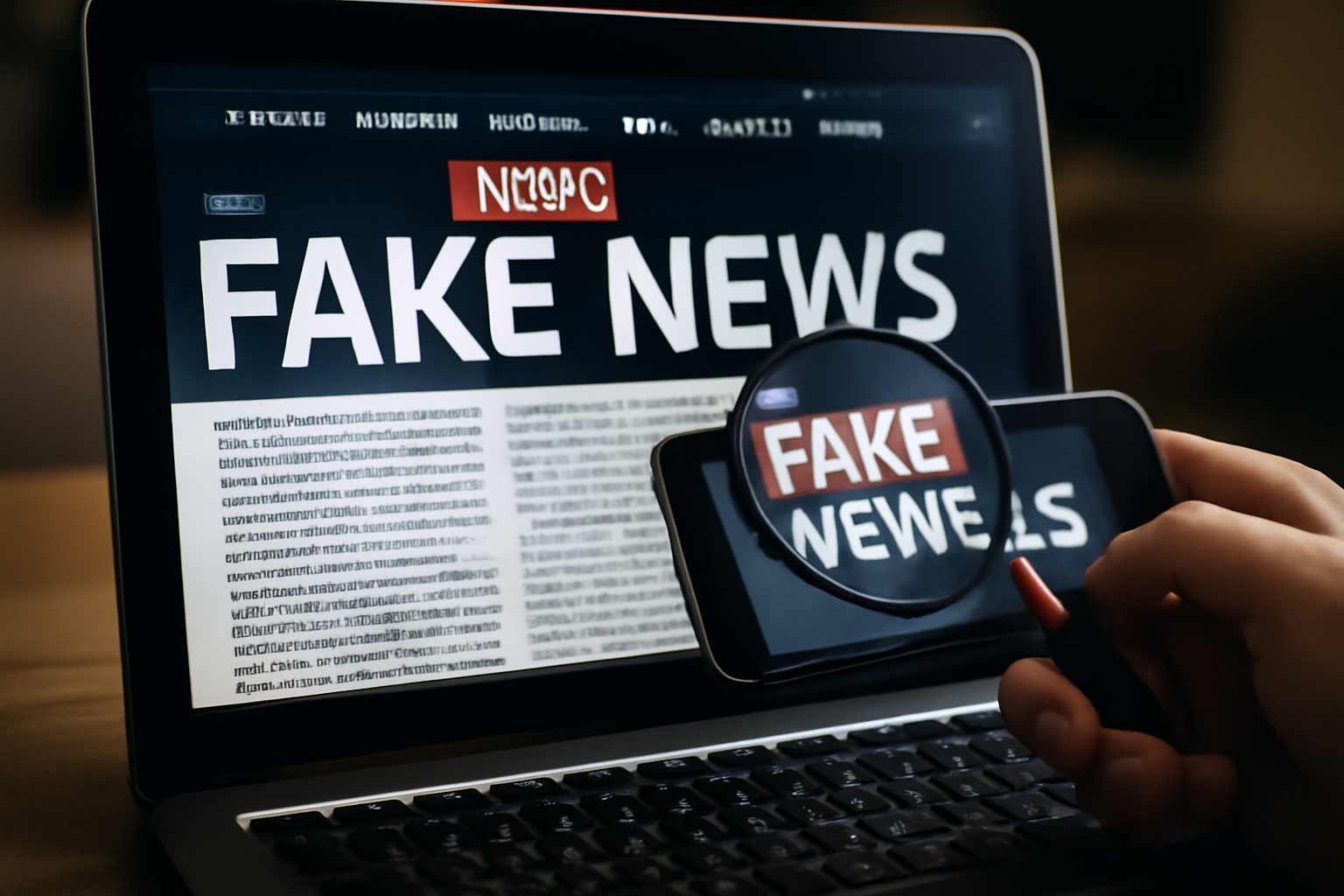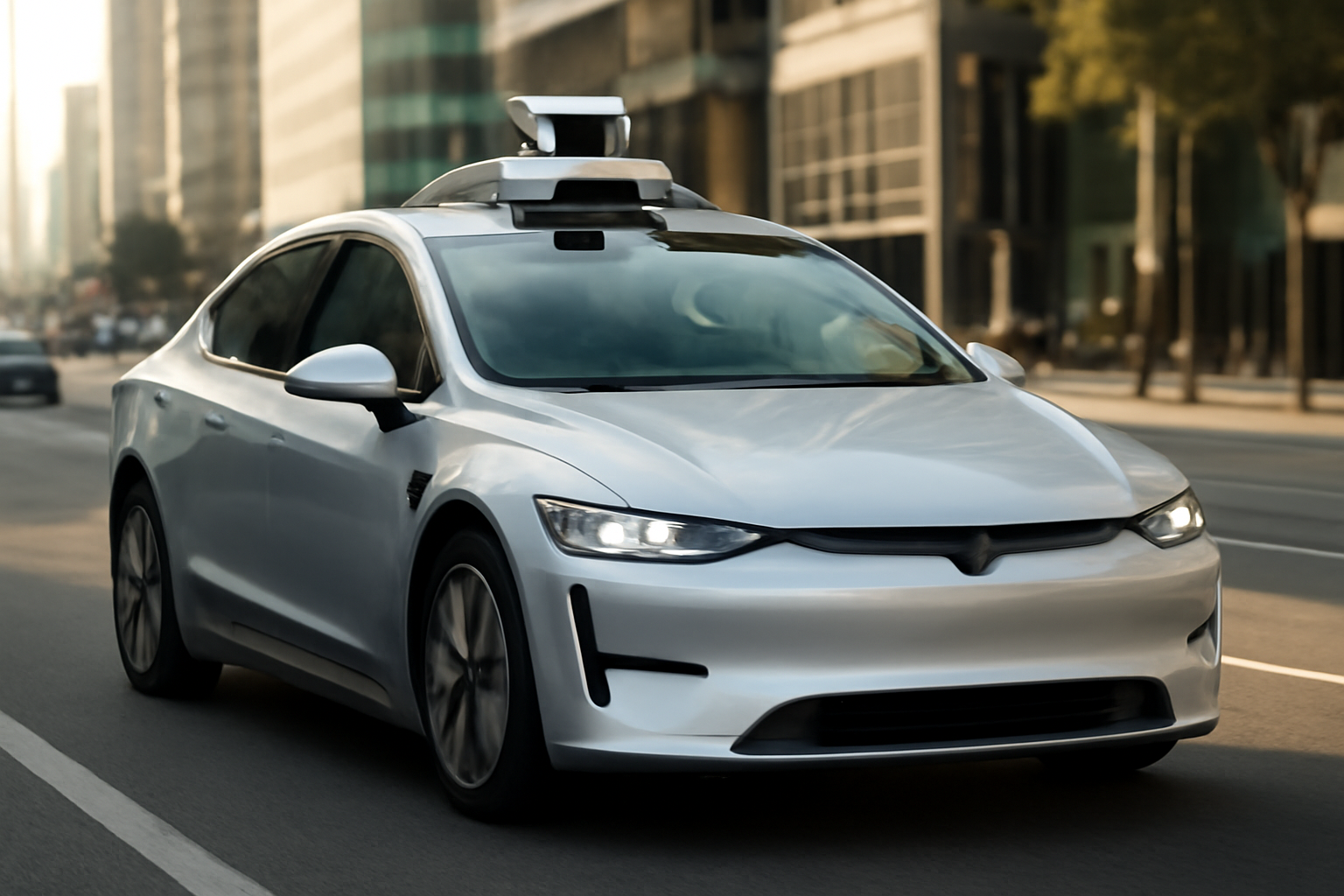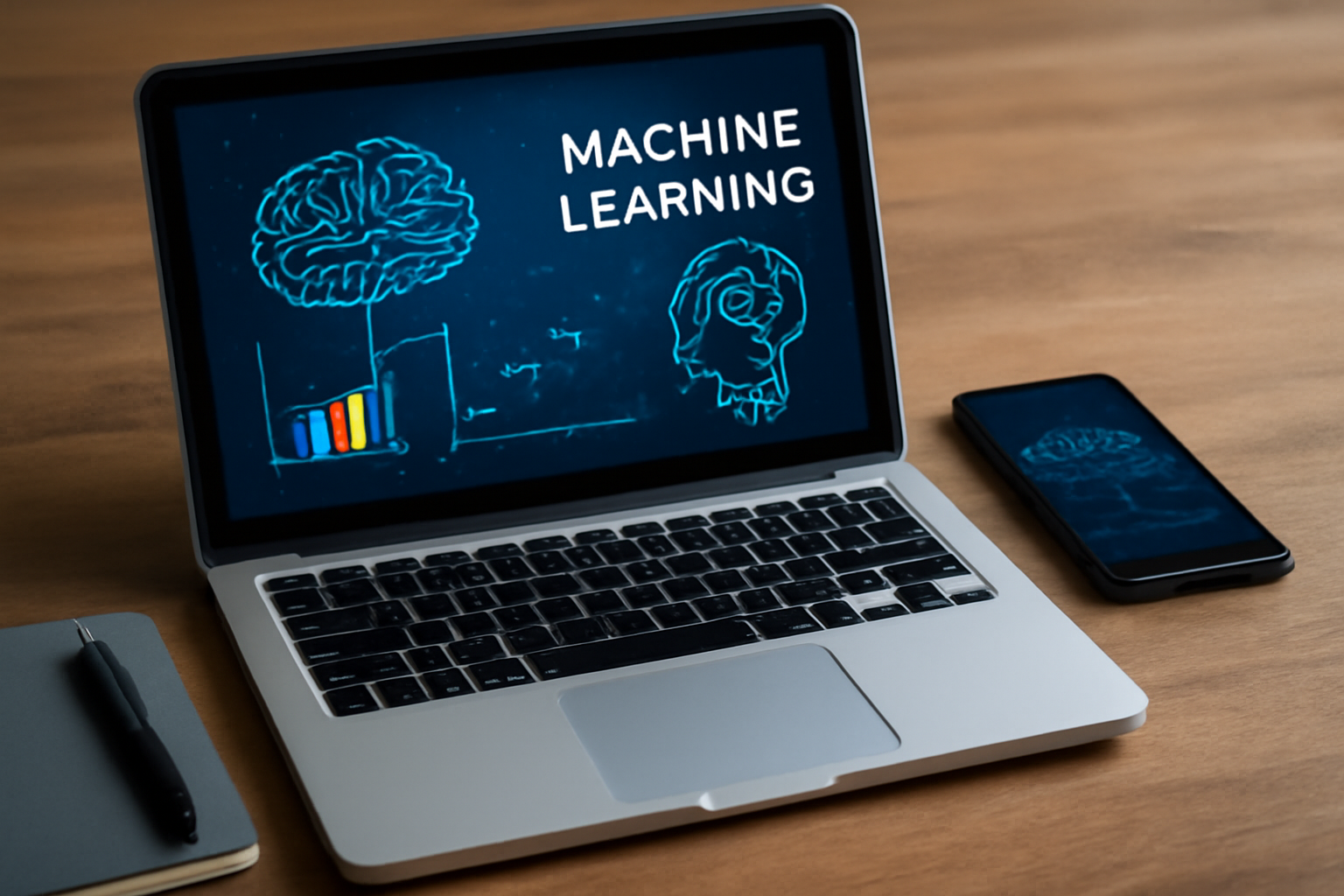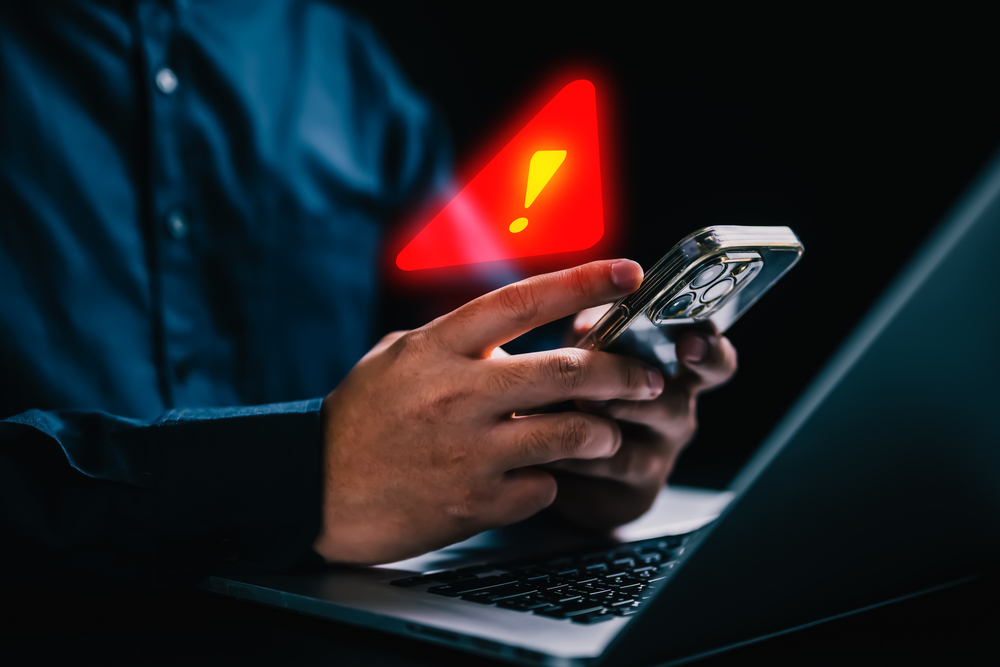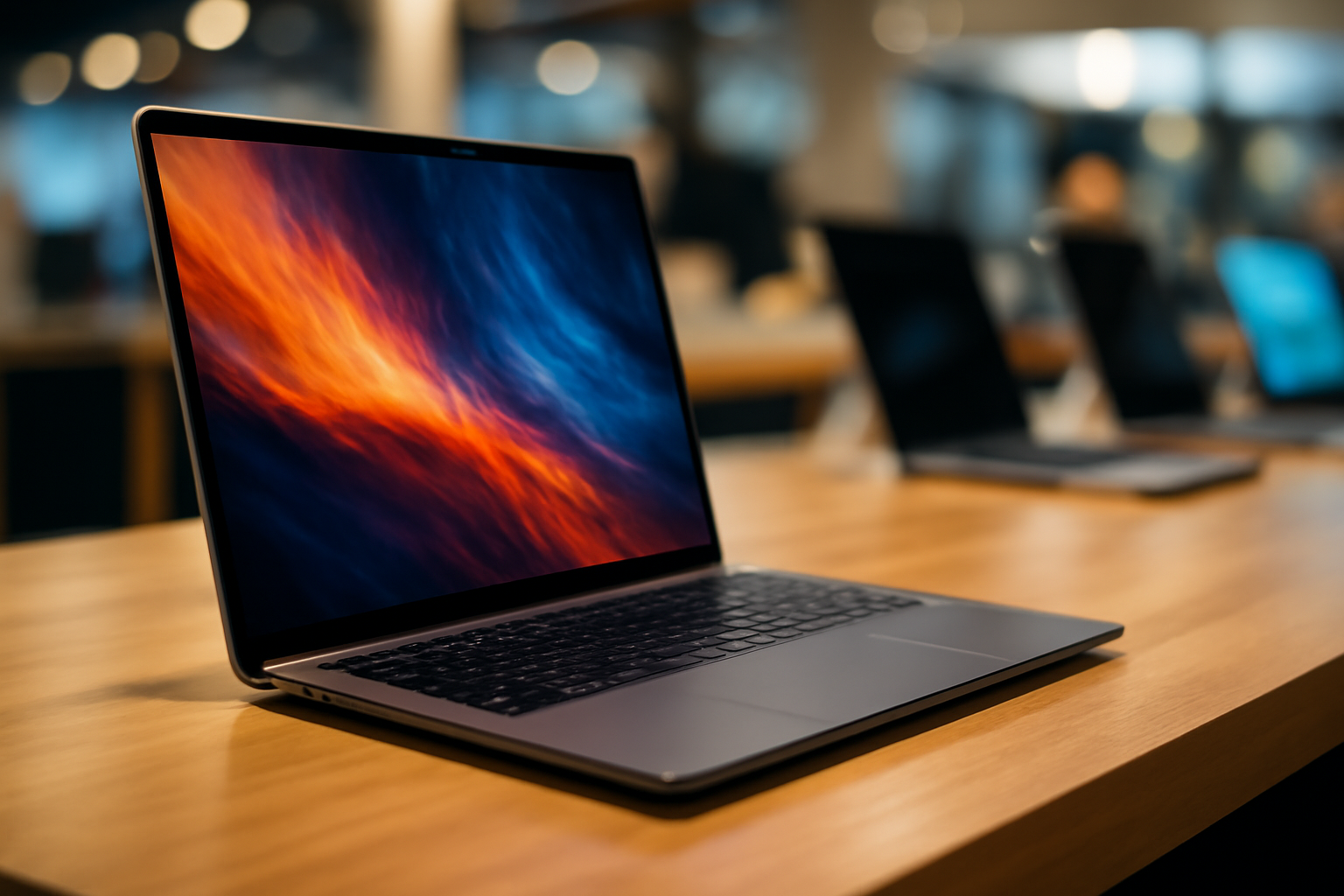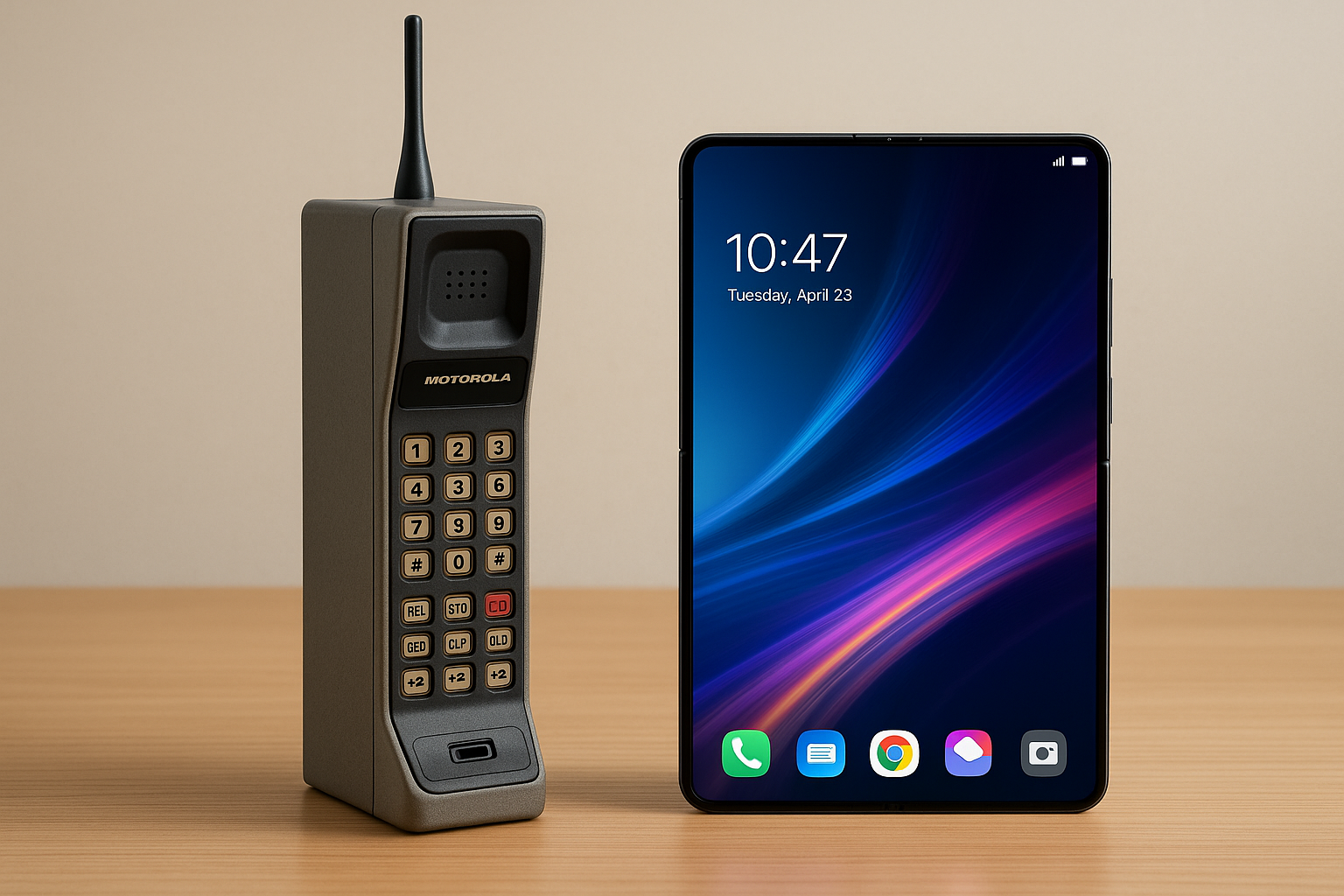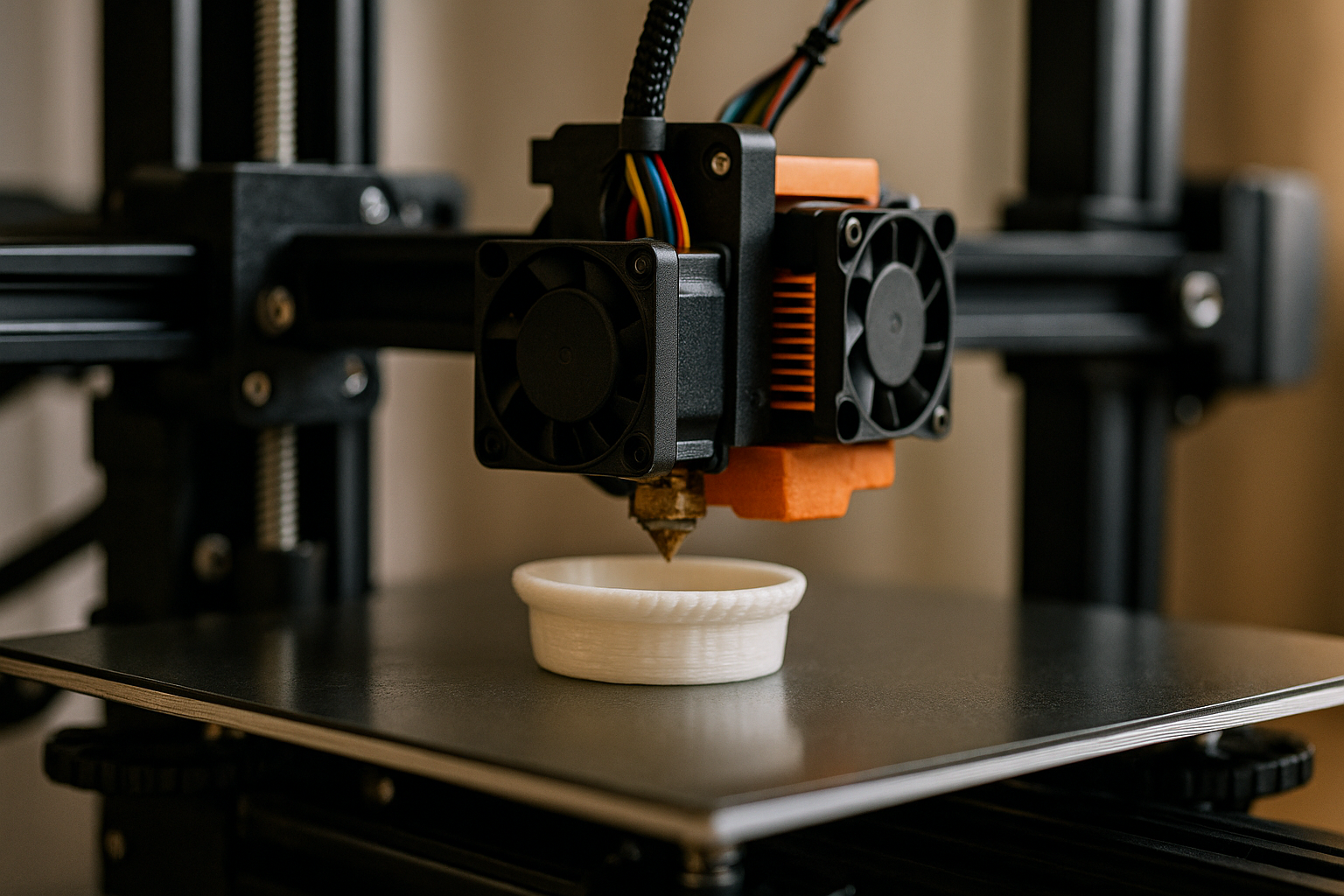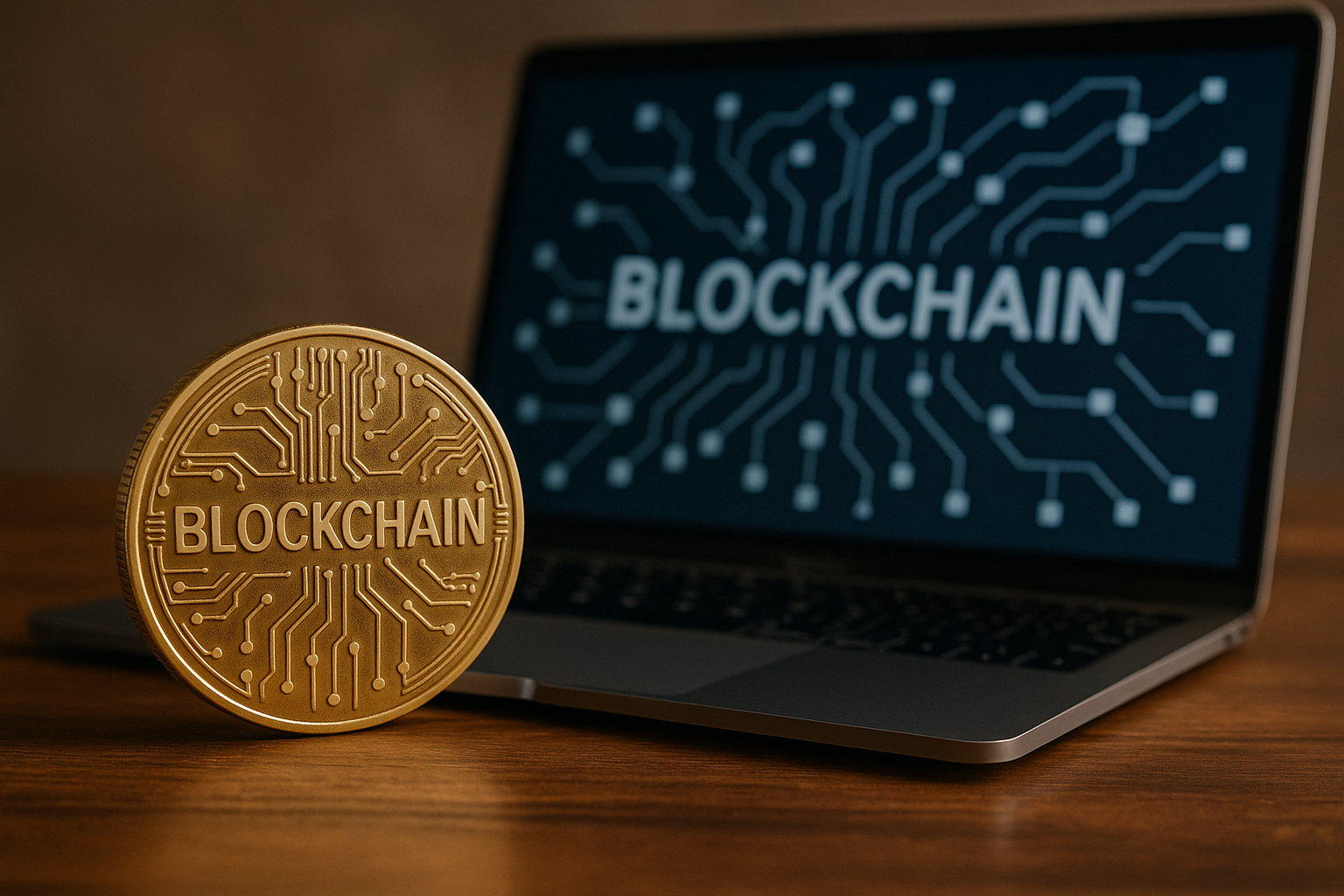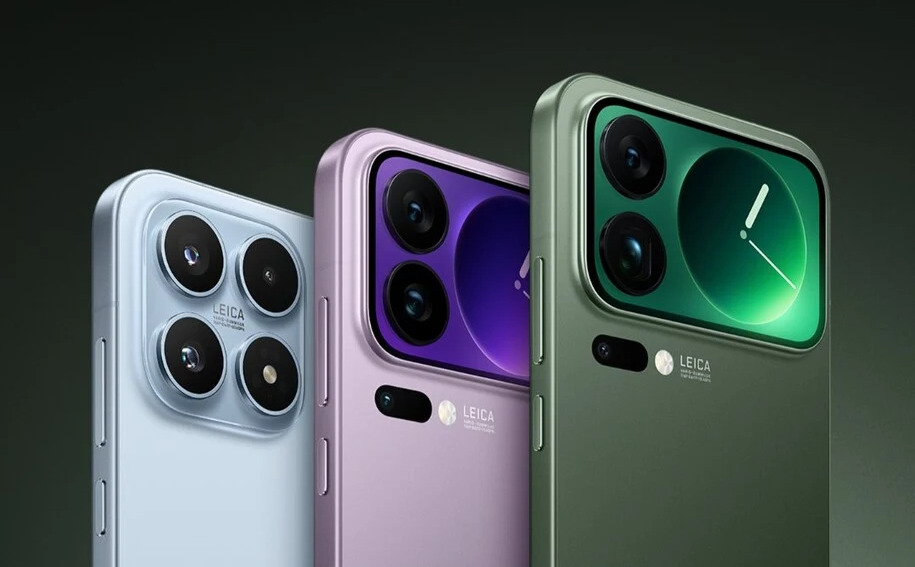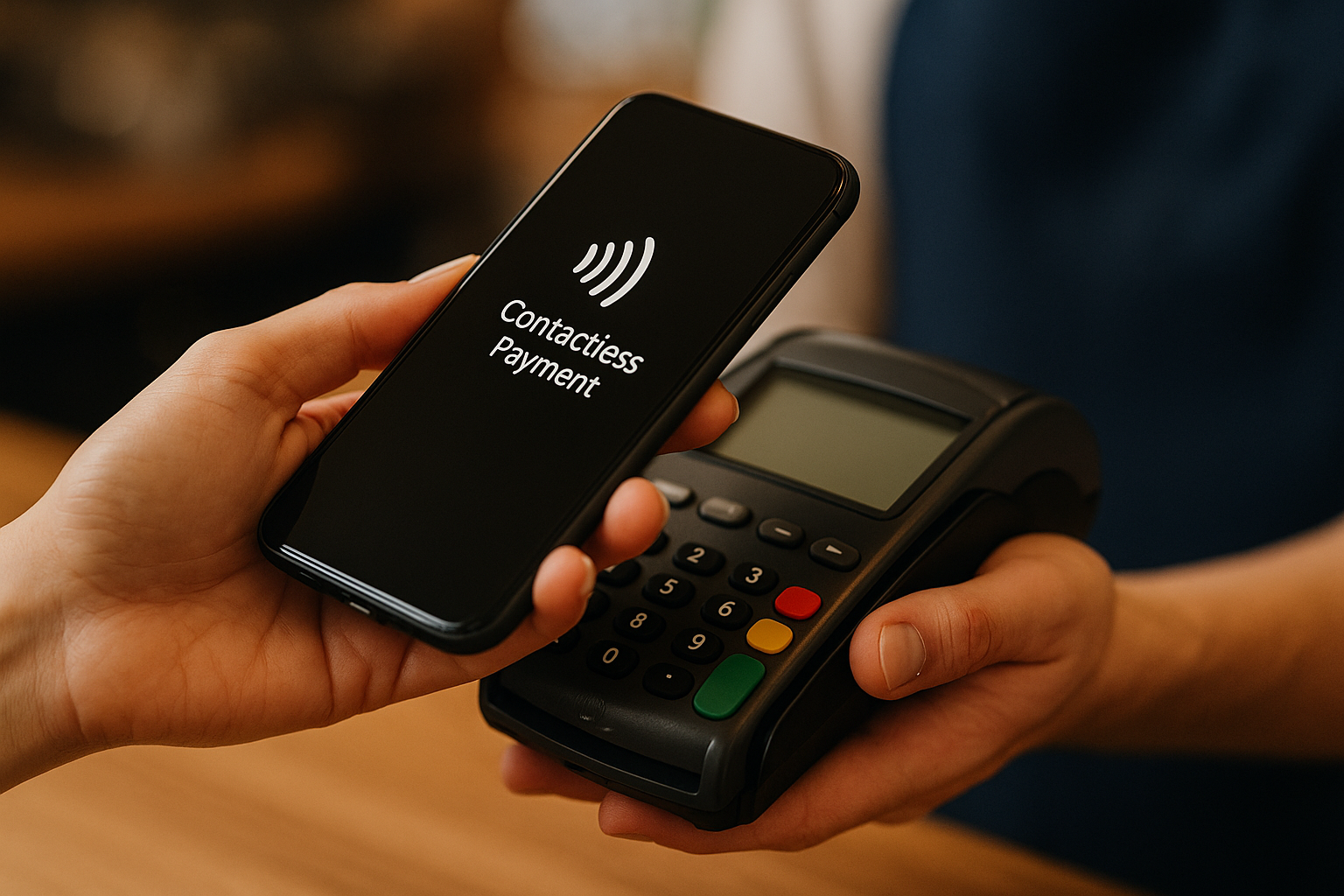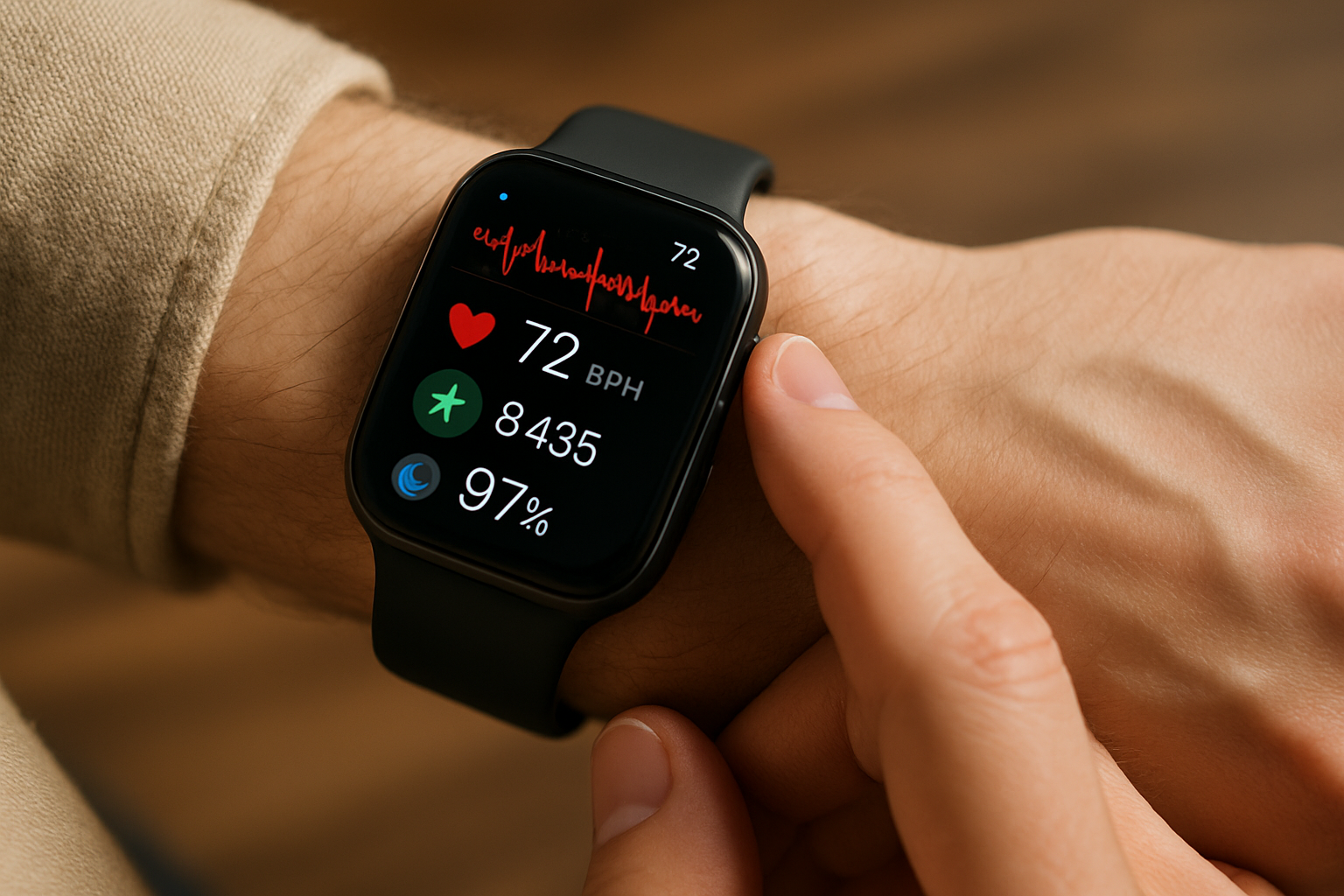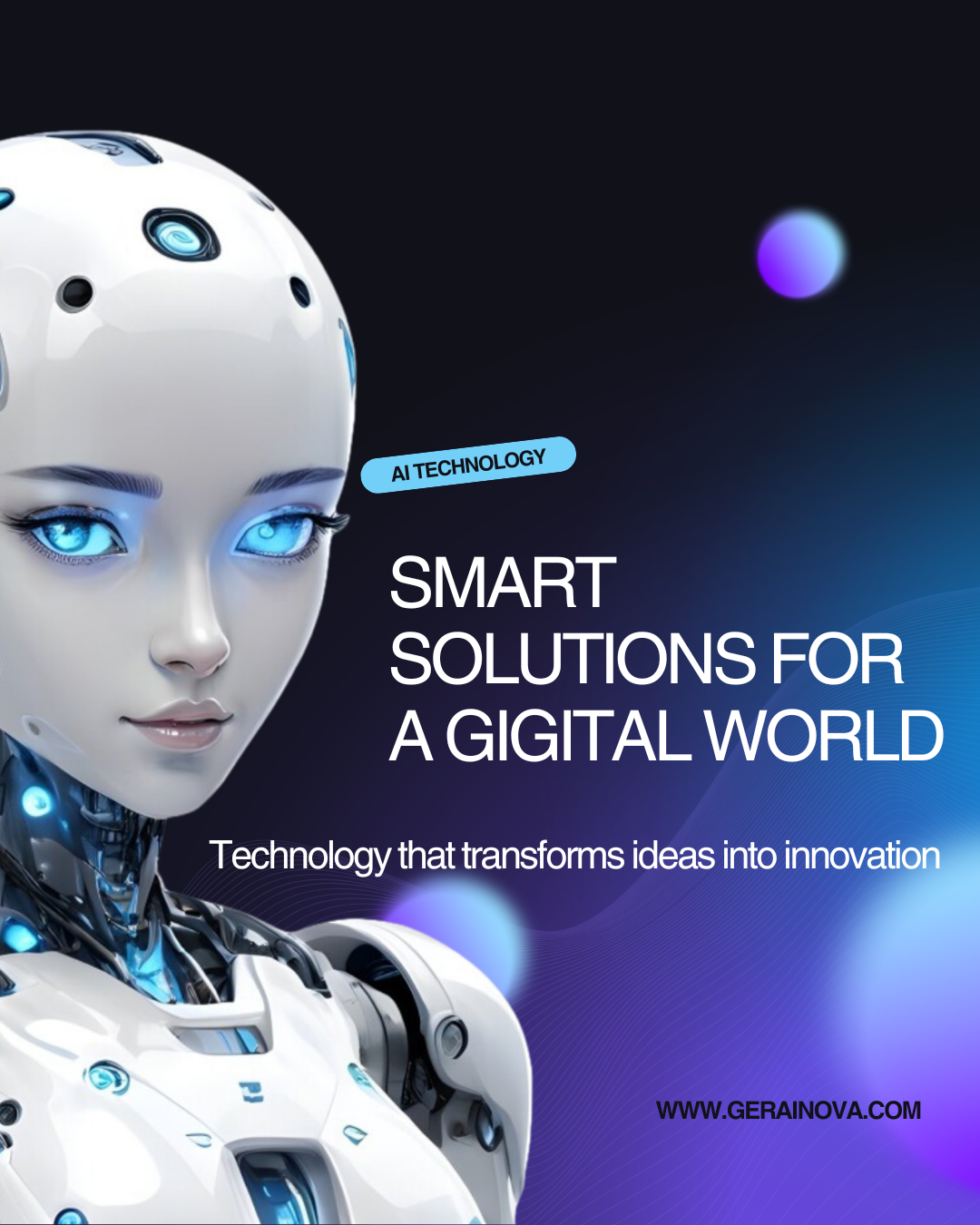The Internet of Things (IoT) is one of the most revolutionary concepts of the modern technological era. It represents a shift in how we interact with the physical world, making everyday objects smarter and more efficient through connectivity. As the number of connected devices grows exponentially, IoT is fundamentally reshaping industries, businesses, and even our personal lives. But what exactly is IoT, and how is it changing the world? In this article, we’ll explore the core of IoT, its applications, and the profound impact it’s having on the world around us.
Understanding the Internet of Things (IoT)
At its core, the Internet of Things refers to the network of physical devices—vehicles, appliances, machines, and even entire cities—that are embedded with sensors, software, and other technologies, allowing them to collect and exchange data. Unlike traditional devices, these objects are “smart,” meaning they can send and receive data over the internet without human intervention. This data exchange enables automation, real-time decision-making, and much more.
The term IoT was first coined by Kevin Ashton in 1999 while he was working at Procter & Gamble. He used the term to describe a system where the internet connects physical devices and allows them to communicate with one another. Since then, IoT has evolved significantly, and today, billions of devices are connected globally.
The Rise of IoT: A Global Transformation
As we move towards a more connected world, IoT is expanding into various sectors, ranging from smart homes and cities to healthcare and industrial applications. According to estimates by Statista, the number of connected devices is expected to reach over 75 billion by 2025. This explosion of connected objects is creating immense opportunities for innovation, efficiency, and convenience, but it also brings with it significant challenges.
How IoT is Changing the World
1. Revolutionizing Smart Homes and Personal Devices
One of the most prominent areas where IoT is making an impact is in smart homes. These homes use IoT technology to automate and control household functions like lighting, heating, security, and entertainment systems. Smart thermostats like Nest can learn your preferences over time and adjust the temperature based on your daily routines, helping save energy and reducing costs.
IoT-enabled devices like smart speakers (Amazon Echo, Google Home) allow homeowners to control their environment using voice commands. These devices can also integrate with other smart appliances, creating a truly connected home where everything from your coffee maker to your refrigerator can be controlled remotely. Imagine being able to preheat your oven while you’re on your way home from work, or checking if you left the lights on when you’re already in bed—all from your smartphone.
Another example is smart security systems. Devices such as doorbell cameras, motion detectors, and security cameras, powered by IoT, can monitor your home in real-time, send alerts to your smartphone, and even allow remote viewing of your property. This not only makes homes safer but also gives homeowners peace of mind.
2. IoT in Healthcare: A New Era of Monitoring and Care
The healthcare sector has seen an incredible transformation thanks to IoT technology. Devices such as wearable health monitors, smart insulin pumps, and remote patient monitoring systems are revolutionizing the way we approach personal health and healthcare delivery. For instance, fitness trackers like Fitbit and Apple Watch not only track physical activity but can also monitor heart rate, sleep patterns, and even detect irregular heartbeats.
In hospitals, IoT is used to track medical equipment, monitor patients remotely, and ensure that critical supplies are always available. With real-time data collection, healthcare providers can make more informed decisions, leading to improved patient care, reduced medical errors, and enhanced efficiency. Smart beds in hospitals can automatically adjust positions to ensure patient comfort and prevent pressure ulcers, while also alerting nurses if a patient is attempting to get out of bed.
Furthermore, remote monitoring systems allow doctors to track patients’ health metrics at home, reducing the need for frequent hospital visits. For individuals with chronic conditions, this could mean early detection of potential complications, leading to timely medical intervention and better health outcomes.
3. Industrial IoT: Enhancing Efficiency and Reducing Costs
Industrial IoT (IIoT) is transforming traditional manufacturing processes by connecting machines, devices, and sensors within factories to create a more efficient and intelligent environment. Smart factories use sensors to collect data on machinery performance, inventory levels, and production lines. This data is then analyzed to predict maintenance needs, optimize production processes, and reduce downtime.
For example, General Electric (GE) has implemented IoT systems in its factories to monitor machine health and streamline operations. Predictive maintenance, powered by IoT, can reduce operational costs and minimize unexpected breakdowns, resulting in higher productivity and cost savings.
Another example is in supply chain management. IoT sensors in shipping containers can track goods in real-time, providing visibility into their location and condition. This enables businesses to manage inventory more effectively and make quicker decisions, improving efficiency and reducing waste.
4. Connected Transportation: The Future of Mobility
IoT is also transforming the way we travel. From autonomous vehicles to smart traffic systems, IoT is making transportation safer, more efficient, and more sustainable. Self-driving cars, such as those developed by companies like Tesla and Waymo, use IoT sensors and data to navigate roads, avoid collisions, and optimize travel routes.
Additionally, smart cities are incorporating IoT technologies into their transportation systems. Sensors embedded in roads and vehicles can monitor traffic flow, reduce congestion, and provide real-time data to commuters. Public transportation is also becoming smarter, with buses and trains equipped with sensors that communicate with central systems to adjust schedules and ensure smooth operations.
A good example of this is smart parking systems, where IoT-enabled sensors detect available parking spaces and send real-time updates to drivers. This not only saves time but also reduces traffic congestion and minimizes the environmental impact of circling for parking.
5. IoT in Agriculture: Precision Farming
IoT is making significant strides in the agriculture industry, leading to what is known as precision farming. By using IoT sensors to collect data on soil moisture, temperature, and crop health, farmers can optimize irrigation systems, reduce pesticide use, and increase crop yields.
For instance, smart irrigation systems use IoT sensors to measure soil moisture levels and adjust watering schedules accordingly, ensuring that water is used efficiently. Similarly, drones equipped with IoT sensors are being used to monitor crop health, assess field conditions, and even plant seeds, making farming more efficient and sustainable. With IoT, farmers can now monitor and manage their fields remotely, making farming smarter and more profitable.
6. IoT and Environmental Sustainability
One of the most exciting aspects of IoT is its potential to promote sustainability. IoT devices can monitor energy usage, reduce waste, and promote better resource management. For example, smart grids use IoT technology to monitor electricity consumption and optimize power distribution, reducing energy waste.
In the waste management sector, IoT-enabled sensors are used to monitor garbage bins and optimize trash collection routes, reducing fuel consumption and improving efficiency. Similarly, in water management, IoT devices can track water usage, identify leaks, and ensure that water is used sustainably.
IoT also plays a crucial role in smart agriculture, where sensors monitor soil health and crop conditions, enabling farmers to make data-driven decisions that reduce waste and increase crop yields while minimizing the use of pesticides and fertilizers.
The Challenges of IoT: Privacy, Security, and Integration
While IoT brings tremendous benefits, it also raises concerns related to privacy, security, and integration. As more devices become interconnected, the potential for cyberattacks and data breaches increases. Hackers could exploit vulnerabilities in IoT devices to gain access to sensitive data, disrupt services, or even control critical infrastructure.
1. Privacy Concerns
With IoT devices constantly collecting data, there are concerns about how personal data is used and shared. Consumers must be aware of how their data is being collected and whether it is being sold or shared with third parties.
2. Security Issues
IoT devices, especially those connected to the internet, are vulnerable to hacking. Ensuring robust cybersecurity measures are in place is critical to protecting sensitive information and maintaining the integrity of IoT systems.
3. Integration Challenges
As IoT devices from different manufacturers become increasingly prevalent, integrating them into a cohesive system can be challenging. Standardization is needed to ensure devices can communicate with one another seamlessly, and that they are compatible with various platforms.
The Future of IoT: What’s Next?
Looking ahead, IoT will continue to evolve and become an even more integral part of our daily lives. The future of IoT involves greater integration with artificial intelligence (AI) and machine learning, allowing devices to make smarter decisions, predict trends, and automate more tasks without human intervention.
As 5G networks become more widespread, IoT will experience a massive boost in speed and connectivity, enabling more devices to communicate in real-time with minimal latency. This will lead to even more innovative applications in areas like healthcare, transportation, and smart cities.
Conclusion: Embracing the IoT Revolution
The Internet of Things is not just a passing trend—it is changing the world in profound ways. From making our homes smarter to transforming industries and revolutionizing healthcare, IoT is improving efficiency, convenience, and sustainability across the globe. While challenges such as privacy and security remain, the potential benefits of IoT are too significant to ignore. As IoT continues to grow, it will undoubtedly lead to even more innovations that will shape the future of technology, business, and daily life.
